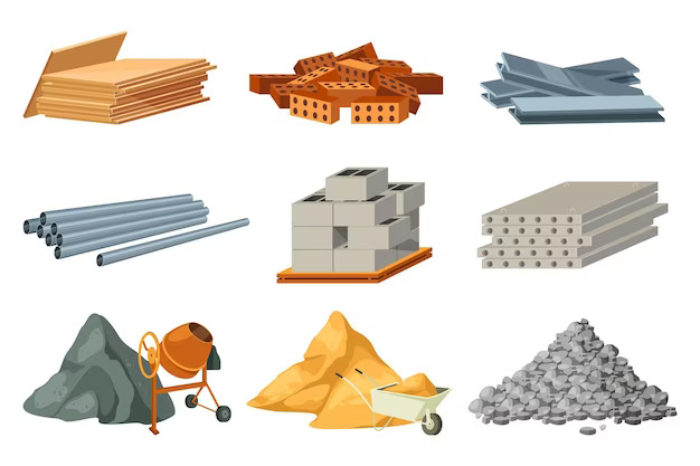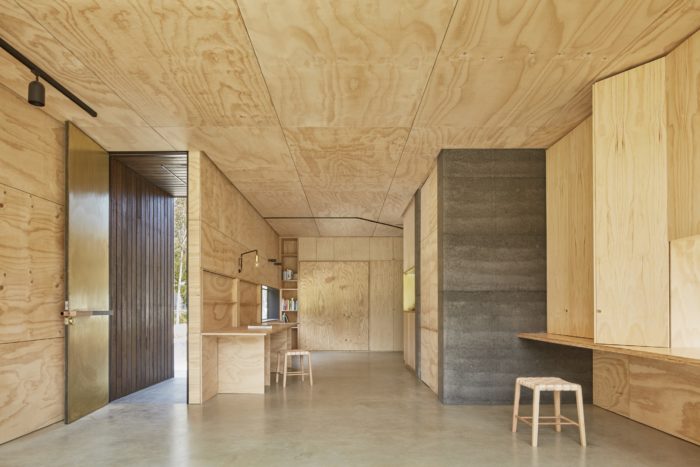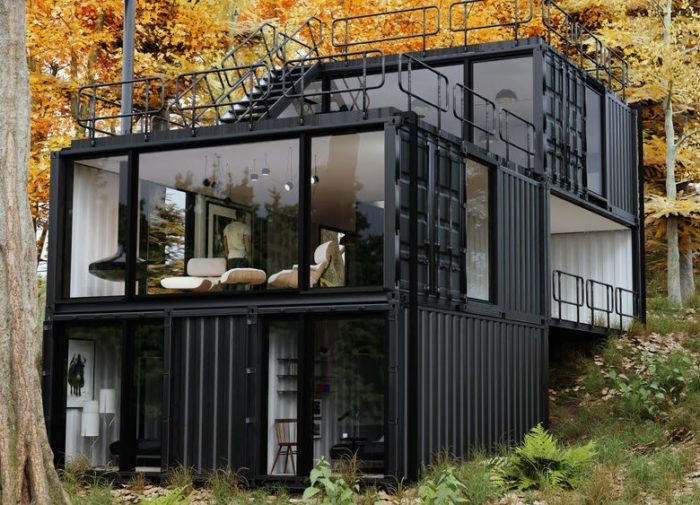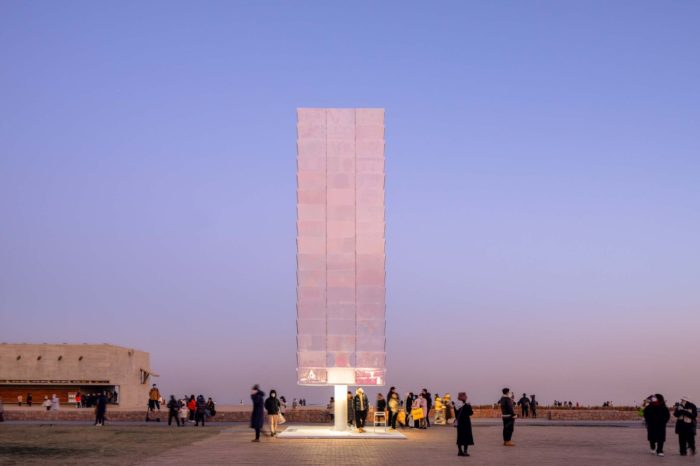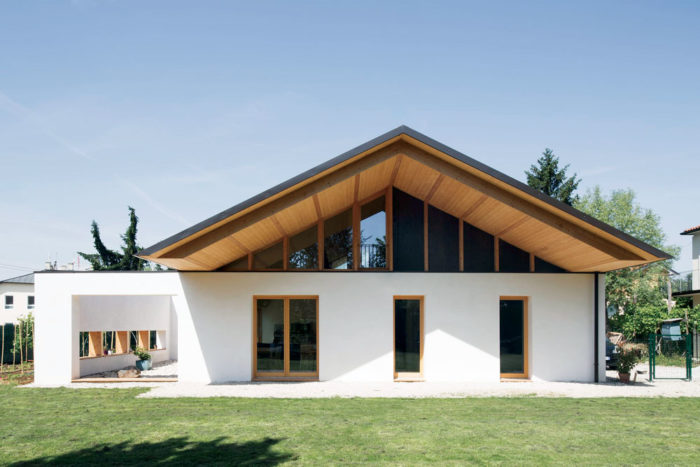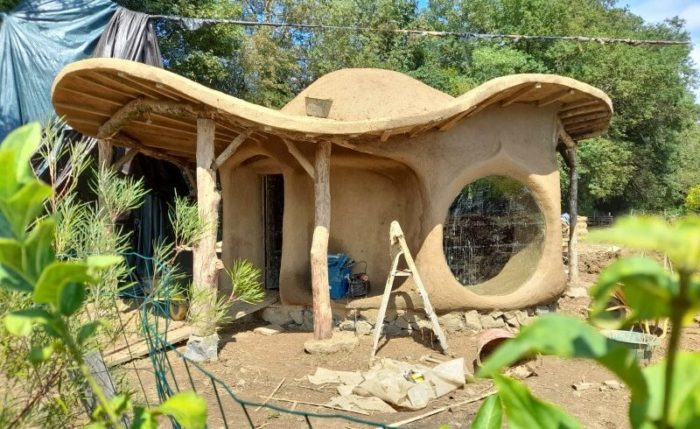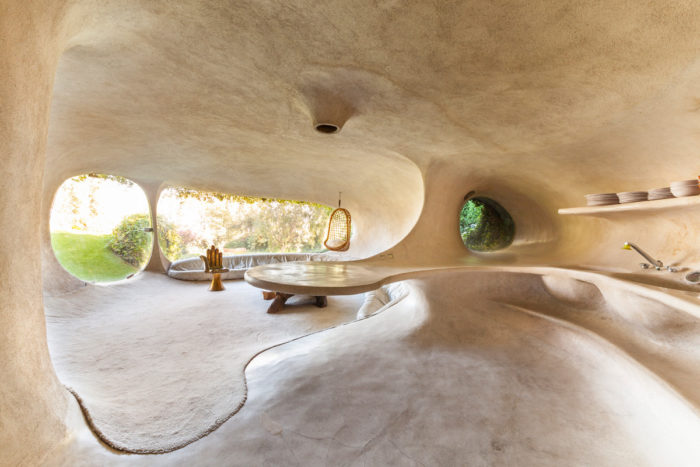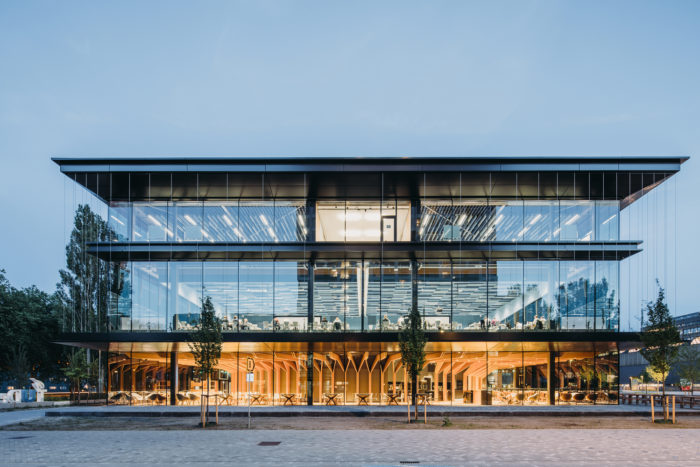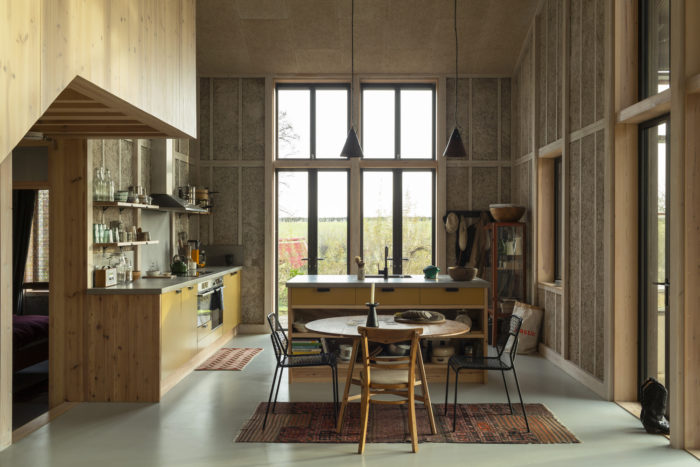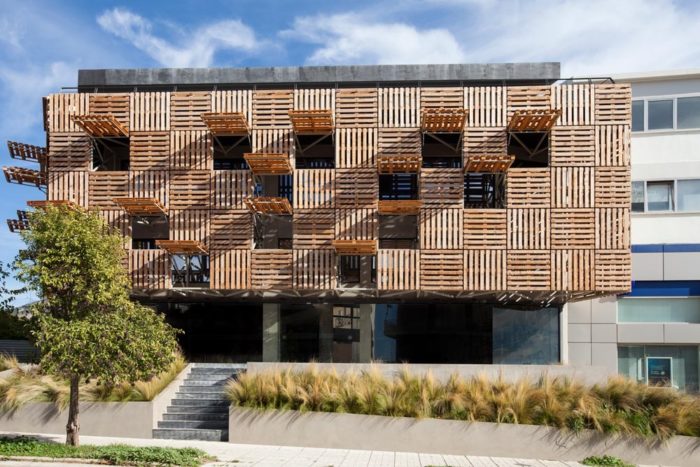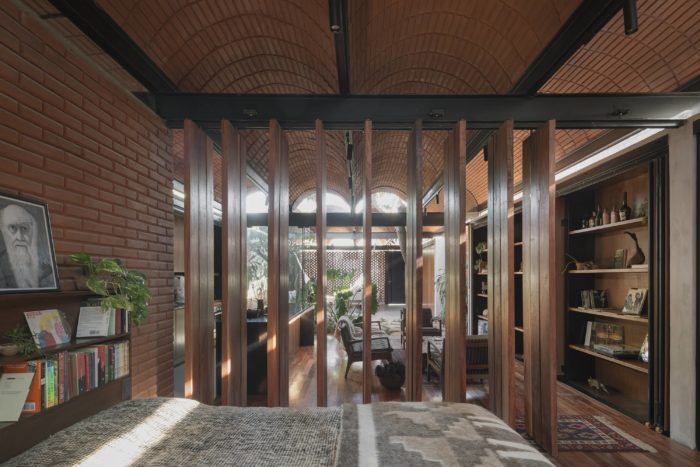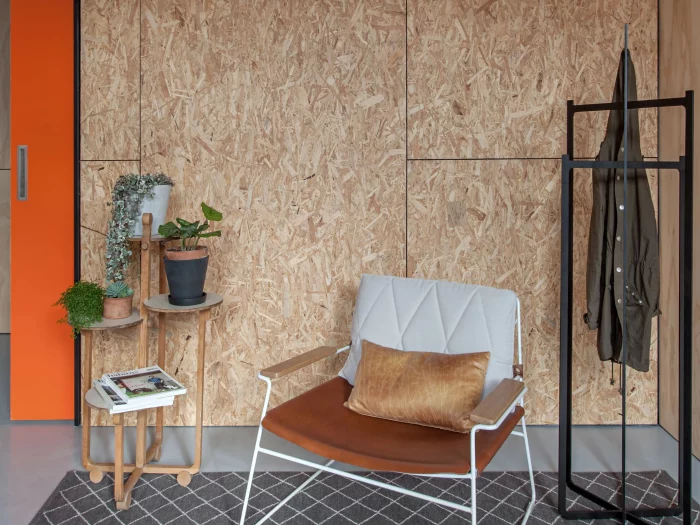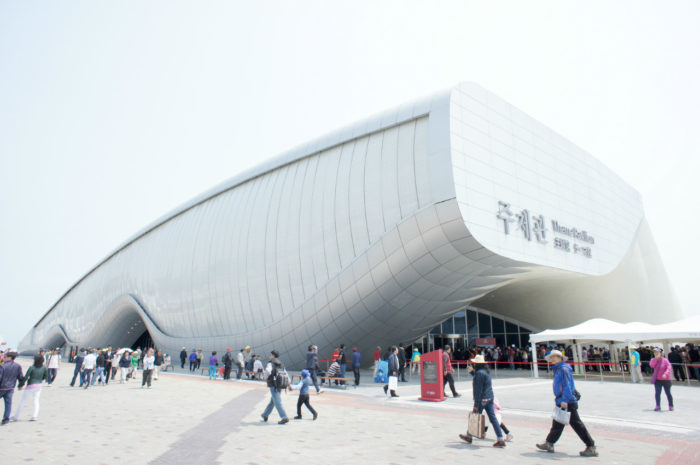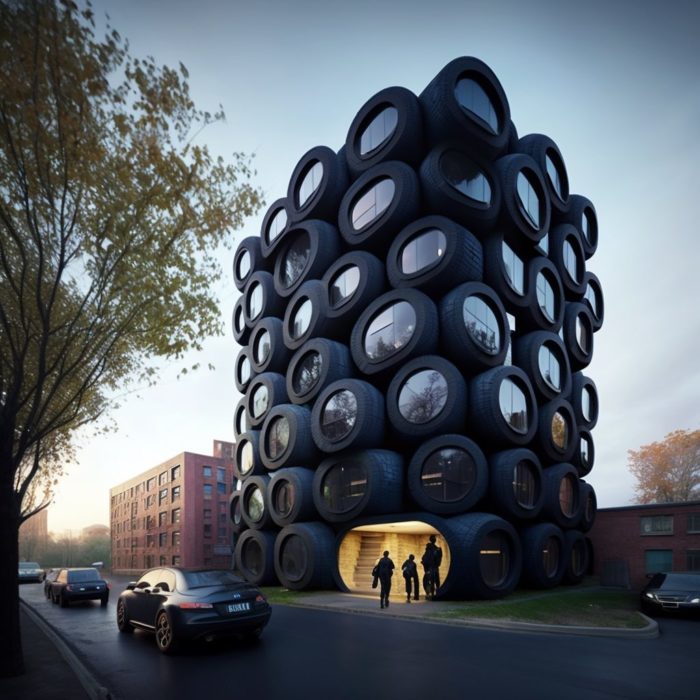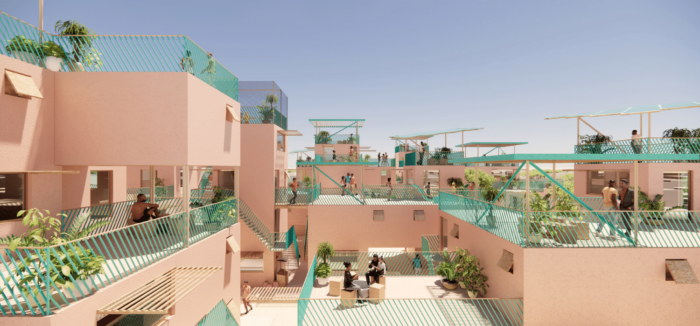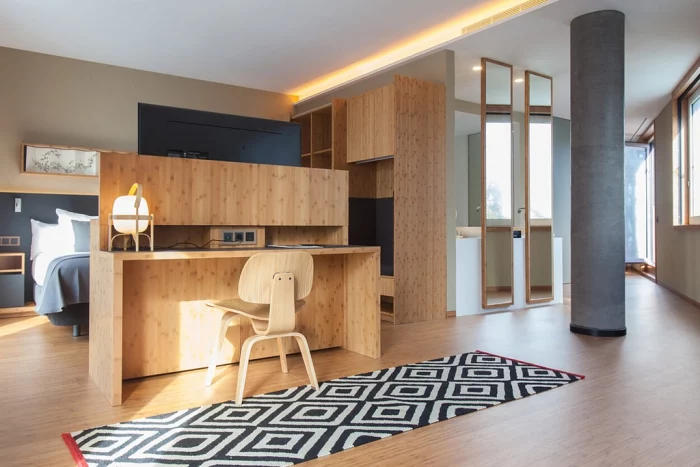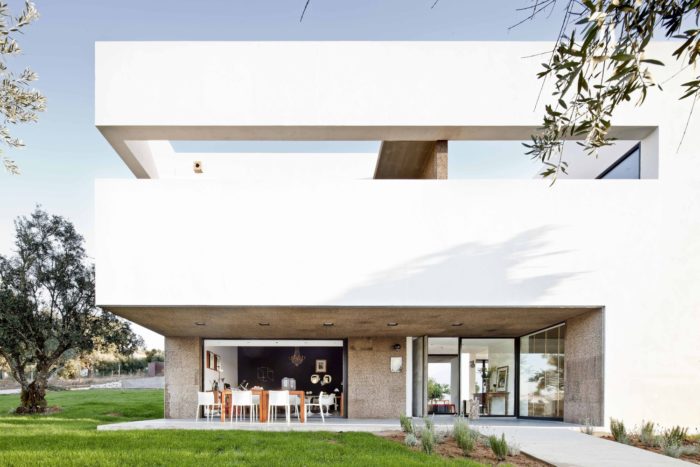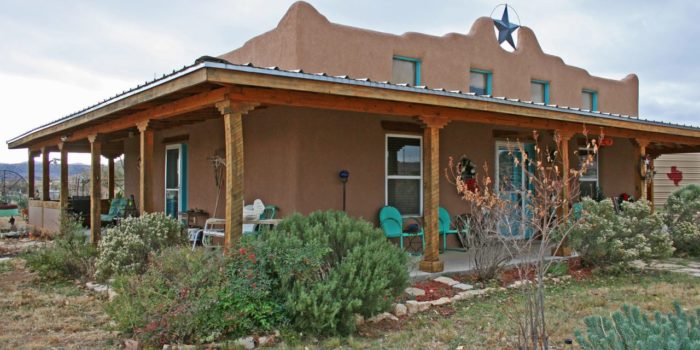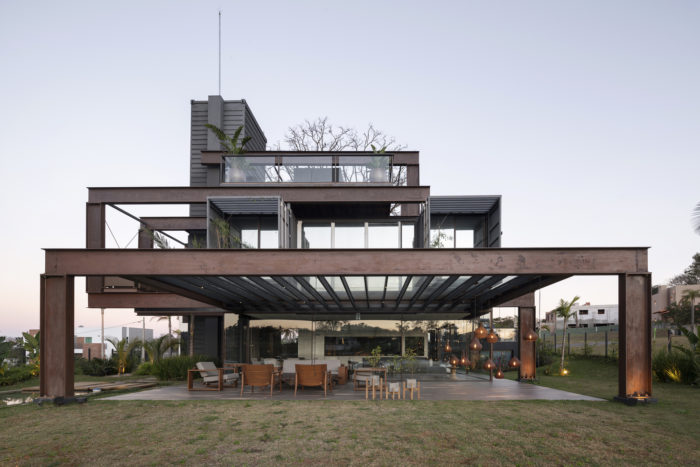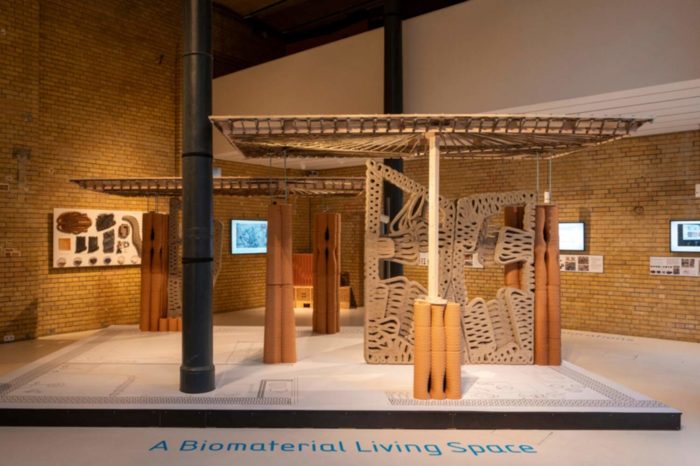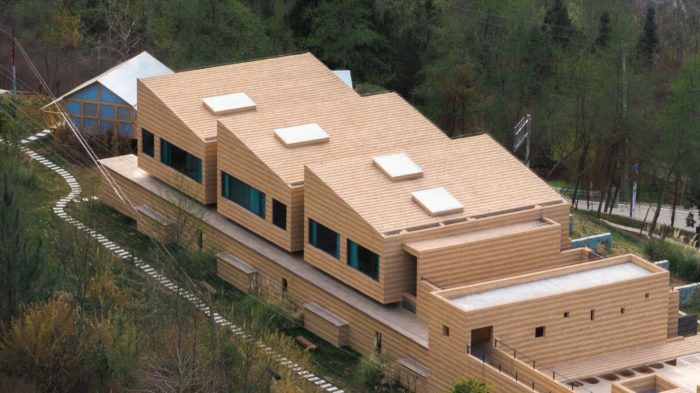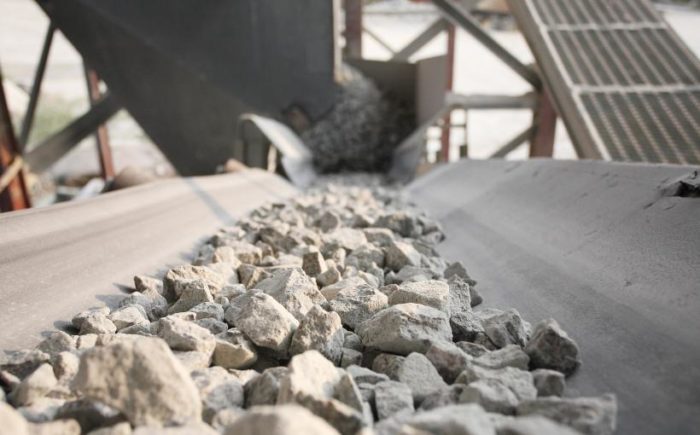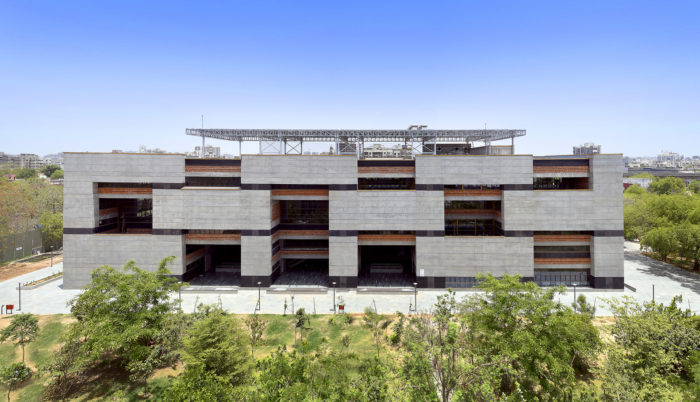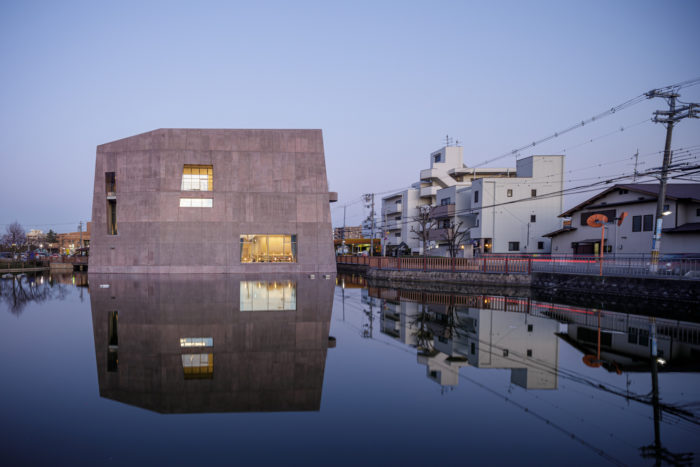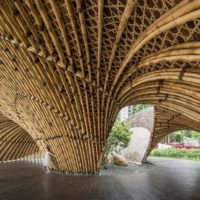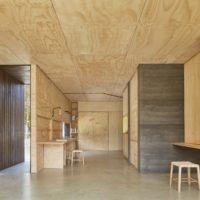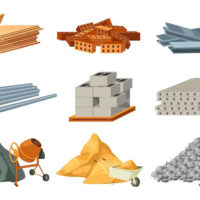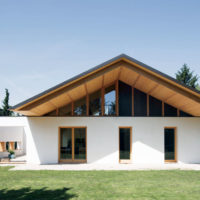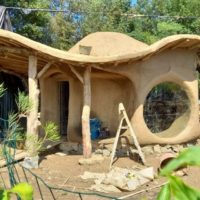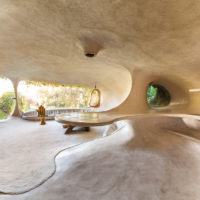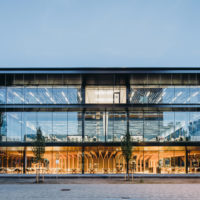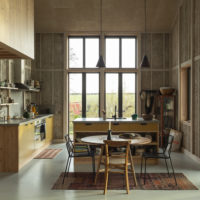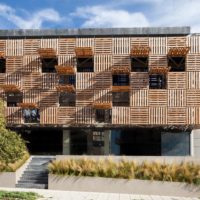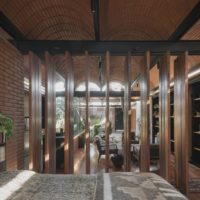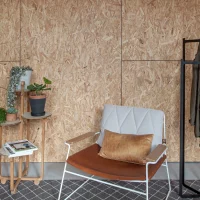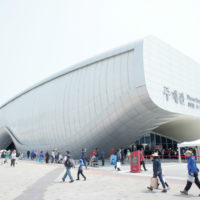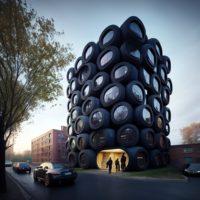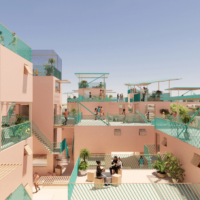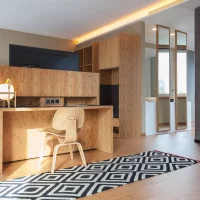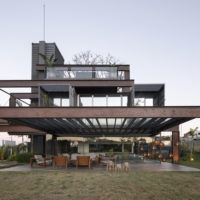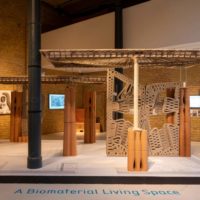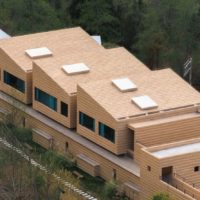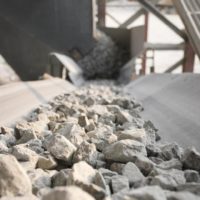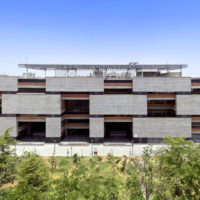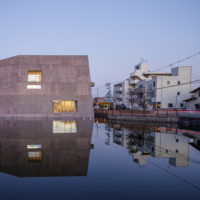In the dynamic world of architecture, the pursuit of innovation and sustainability has paved the way for a remarkable fusion of creativity and economics. Today’s Architects are embracing ingenious solutions that challenge traditional norms and address pressing concerns of resource scarcity and environmental impact. At the heart of this movement lies the strategic selection of cost-effective materials, which reduce expenses and contribute to sustainable construction practices. This article delves into 25 cost-effective architectural materials that revolutionize how we design and build structures, exemplifying the harmonious marriage of creativity and frugality.
Building on a Budget: 20 Cost-Effective Materials
Using such materials benefits the budget and allows for a sustainable construction approach. Materials like recycled steel, bamboo, and cork can offer the same strength and beauty as traditional materials while being more environmentally friendly and cost-effective. Architects and designers who prioritize cost-effective materials can create beautiful, functional spaces that are both affordable and sustainable.
1) Rammed Earth
Rammed Earth is a venerable construction technique showcasing nature’s power in design. This method involves compacting layers of locally sourced Earth within formwork, creating walls with impressive thermal properties and a distinctive, earthy aesthetic. The use of regionally abundant materials makes rammed Earth cost-effective and inherently sustainable.
2) Bamboo
A true champion of renewable resources, bamboo stands tall as an exemplar of cost-effective materials in architecture. Its rapid growth and inherent strength allow architects to create resilient structures while minimizing costs. From structural elements to interior finishes, bamboo’s versatility offers many design possibilities.
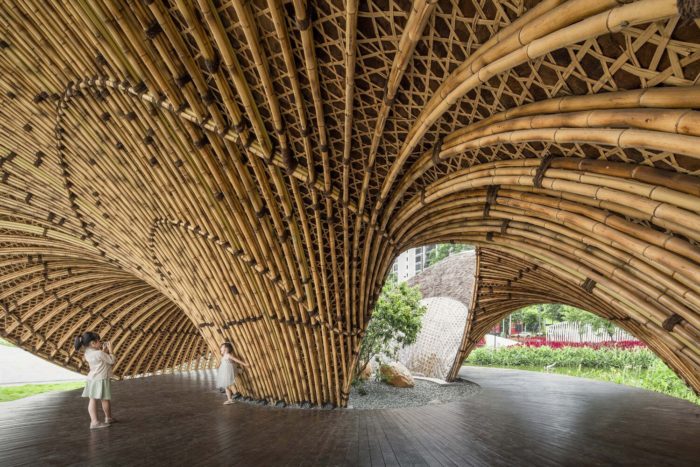
Urban Park Micro Renovation / Atelier cnS + School of Architecture, South China University of Technology. © Siming Wu
3) Shipping Containers
In adaptable architecture, repurposed shipping containers have emerged as symbols of innovation. These sturdy metal containers can be ingeniously transformed into functional living spaces, offices, and even multi-story complexes. By repurposing these containers, architects demonstrate the potential of cost-effective materials in reducing construction waste.
4) Recycled Steel
In the pursuit of sustainable design, recycled steel takes center stage. Its strength, malleability, and cost-effectiveness make it a preferred choice for architects seeking innovative solutions. Beyond its structural prowess, using recycled steel significantly reduces the demand for virgin resources.
5) Straw Bales
Harnessing the potential of agricultural byproducts, straw bales emerge as a cost-effective insulation solution. When properly compressed and sealed, straw bales form highly insulating walls that reduce the need for additional insulation materials. This efficient use of available resources contributes to the project’s overall sustainability.
6) Cob
Embracing ancient techniques, cob construction marries Earth, sand, and straw to create a sculptural building material. Its low environmental impact and ease of use make it a budget-friendly option for architects seeking to employ cost-effective materials while maintaining a unique aesthetic.
7) Ferrocement
Ferrocement, a material born from the marriage of metal wires and cement, exemplifies the convergence of durability and economy. Its lightweight nature and capacity to take on intricate shapes position it as a top choice for structural elements and artistic endeavors, demonstrating the versatility of cost-effective materials.
8) Recycled Glass
The transformation of recycled glass into architectural elements reflects a commitment to sustainability and ingenuity. This resourceful approach offers the potential for eye-catching decorative features, countertops, and even structural panels, effectively weaving cost-effective materials into the fabric of the design.
9) Hempcrete
Hempcrete, a bio-composite material composed of hemp fibers, lime, and water, demonstrates the power of nature in construction. With excellent insulation properties and a significantly reduced carbon footprint, hempcrete showcases how cost-effective materials can be harnessed to create environmentally responsible architecture.
10) Pallets
From shipping docks to architectural innovation, wooden pallets find a second life as cost-effective building materials. These discarded pallets can be upcycled into walls, furniture, and entire structures, marrying resourcefulness with waste reduction.
11) Compressed Earth Blocks
Compressed earth blocks reimagine traditional bricks through the lens of sustainability. These blocks, formed by compacting a mixture of Earth, clay, and stabilizers, minimize energy requirements and environmental impact, championing the cause of cost-effective materials in modern construction.
12) Strand Board (OSB)
Strand board, an engineered wood product, heralds a cost-effective alternative to traditional plywood. By compressing layers of wood strands with adhesive resins, architects create a material suitable for roofing, interior finishes, and various other applications, showcasing the versatility of cost-effective materials.
13) Fiber Reinforced Polymers (FRP)
Fiber Reinforced Polymers (FRPs) are a testament to the seamless integration of technology and cost-effective materials. With their lightweight nature and high-strength capabilities, FRPs find homes in structural elements, façade systems, and artistic installations.
14) Tyres
Discarded tires, often seen as environmental concerns, find redemption as cost-effective construction materials. Tyre bales, for instance, contribute to insulation solutions, offering thermal resistance while diverting waste from landfills. This approach hasn’t gained significant traction and adoption so far. Nonetheless, Shail Patel has devised creative design answers that tackle societal problems.
Shail Patel undertook the task of conceptualizing budget-friendly residential apartment complexes with originality. Using the AI design tool Midjourney, the From Waste to Wonder collection repurposes old tires to support eco-friendly architectural progress in New York. This simultaneously adds a lively and vibrant touch to the urban landscape through imaginative and striking building exteriors.
15) Recycled Plastic
The metamorphosis of recycled plastic into durable composite materials underscores the transformative power of cost-effective solutions. From cladding to decking, these materials offer weather-resistant alternatives, all while using recycled resources.
16) Stratified Timber Panels
Stratified timber panels emerge as a nod to the inventive utilization of natural resources. Comprising thin layers of wood glued together, these panels serve as decorative elements, structural components, and even furniture, showcasing the integration of cost-effective materials in design.
17) Cork
Cork, celebrated for its insulating, acoustic, and fire-resistant properties, embodies the intersection of function and frugality. A prime example of nature’s gift, cork contributes to cost-effective materials while promoting sustainability in architecture.
18) Poured Earth
Poured earth construction echoes the spirit of innovation by allowing architects to mold form and function simultaneously. By pouring a mixture of Earth and stabilizers into the formwork, architects can create visually striking and cost-effective structures, merging creativity with the economy.
19) Papercrete
Papercrete, born from a blend of paper pulp, cement, and sand, champions the notion that waste can evolve into valuable resources. With its lightweight and insulating qualities, papercrete demonstrates how cost-effective materials can challenge conventions and promote sustainable practices.
20) Recycled Metal
The revival of discarded metal exemplifies the transformational power of cost-effective materials. Architects embrace resourcefulness while minimizing waste by melting down scrap metal and repurposing it for structural components, decorative features, and artistic installations.
21) Natural Fiber Composites
Natural fibers, such as jute, coir, and sisal, find new purposes as cost-effective materials in composite forms. These materials, combined with resins, contribute to applications ranging from roofing to furniture, showcasing their adaptability in architectural contexts.
22) Mud Bricks
Mud bricks, an age-old construction technique, symbolize the harmonious coexistence of nature and architecture. These bricks, molded from clay-rich soil, emphasize the potential of cost-effective materials in creating durable and insulating structures.
23) Recycled Aggregates
Recycled aggregates, including crushed concrete and reclaimed asphalt, advocate for the circular economy within architecture. These materials, sourced from existing constructions, showcase the cost-effectiveness of reusing resources and minimizing waste.
24) Precast Concrete
The concept of precast concrete speaks volumes about time-saving and cost-effective materials. By casting elements off-site and transporting them to the construction site, architects reduce labor costs while maintaining quality, highlighting the synergy of economy and ingenuity.
25) Rice Husk Ash Concrete
Rice husk ash concrete emerges as a beacon of eco-conscious design and cost-effective solutions. By incorporating rice husk ash as a partial replacement for cement, architects can enhance the structural integrity of their designs while minimizing environmental impact.
In the tapestry of contemporary architecture, incorporating cost-effective materials is not merely a strategy for reducing expenses; it’s a celebration of resourcefulness and a commitment to sustainable practices. Those mentioned above 25 ingenious solutions underscore how creativity and frugality can dance harmoniously to create structures that inspire awe while respecting the planet. As architects continue embracing these materials, the path toward a future of innovative and eco-friendly design becomes more precise.
- Urban Park Micro Renovation / Atelier cnS + School of Architecture, South China University of Technology. © Siming Wu
- Balnarring Retreat l Branch Studio Architects. © Peter Clarke
- © Freepik
- © Shipping Container Homes & Buildings
- The Lighthouse of Wishes l Vector Architects. © Arch-Exist
- SCL house l Jimmi Pianezzola . © Alberto Sinigaglia
- © Ecobnb
- Organic House l Javier Senosiain. © Javier Senosiain
- Echo Energy-Generating Interfaculty Teaching Building l UNStudio. © Eva Bloem
- Flat House l Practice Architecture + Material Cultures. © Oskar Proctor
- © KLab Architecture
- The Middle House l Equipo De Arquitectura. © Federico Cairoli
- © Lisbeth Grossman/Courtesy of Doherty Design Studio
- One Ocean, Thematic Pavilion EXPO 2012 l soma. © soma
- From Waste To Wonder | The Tires Apartments. © Shail Patel
- Othalo houses. © Othalo
- © Parklex Prodema
- © Adrià Goula
- © Living Systems Architecture
- © Cenizo Journal
- Laif House l BAUEN. © Federico Cairoli
- © Tzu-Ying Chen, Ilaria Giacomini, and Erik-Jan Ouwerkerk.
- Plum Villa l Archermit. © Arch-Exist
- © Boral
- Ahmedabad University Centre / Stephane Paumier Architects. © Amit Pasricha
- Matsubara Civic Library l MARU。architecture. © Shinkenchiku-sha


